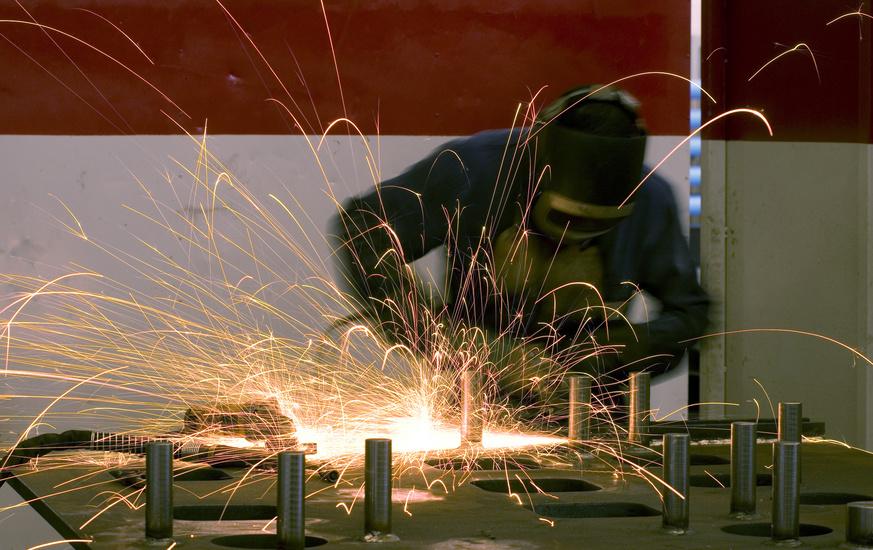
According to an Industry Week article on the US 500: Top Manufacturing States, which state is #1 in terms of having the most manufacturing headquarters? California! Certainly, CA is not a manufacturing-friendly state in most places (although there is an initiative to create an advanced manufacturing consortium of excellence in the Inland Empire which is gaining support across the board). Manufacturers account for 10.93% of total output in the state and employ 7.2% of the workforce. Neither of these figures is #1 but the total output of $300 billion with an average of 1.3 million manufacturing employees does! #2 is Texas, followed by Illinois, Ohio and New York.

One of the reasons manufacturing is bucking the trends so far is that there are a vast number of consumers and companies in California, and in today’s Amazonian environment, rapid, customized deliveries are the norm. Thus, proximity matters. California is larger than all but 6 countries! The powerhouse of manufacturing is Southern CA. Additionally, California and specifically the Inland Empire is #1 in logistics in the U.S. According to research by a University of Redlands professor, logistics is at the center of what’s called an onion structure. It is the lifeline of the economy. Manufacturing co-locates or locates next to the logistics lifeline. Supporting services form the next layer of the onion, followed by all others such as retail, construction, leisure and hospitality.
What Should We Consider and/or What Impacts Could Arise?
For one, all this talk about “manufacturing being dead and gone to Asia” is obviously an exaggeration. In fact, we are starting to see executives look at reshoring as rapid delivery is of paramount importance. After all, everyone is scrambling to provide one-day delivery to keep up with Amazon, and B2B customers are expecting B2C service as well! Further, we are seeing a SHARP increase in concern over high inventory levels to support these service levels. Some clients are concerned about the cost impact of tariffs and inventory levels and others are just becoming more focused on managing cash so they can better utilize existing resources to launch new products and services, invest in the business and more.
Since manufacturing is directly correlated to logistics, trusted advisors, and other industries, it is worth paying attention. Start thinking about potential impacts such as the following:
- Will your supply base change or move with the changing times?
- Will capacity be available? Suppliers, transportation partners, manufacturing operations, equipment, skilled resources etc.
- Are you agile so that you can meet changing conditions rapidly and without a significant hit to your customer experience or bottom line?
- Do you have a skills gap?
If there ever was a topic related to the resilient supply chain, this would be it! We have recently upgraded and added content to our resilient supply chain series.



